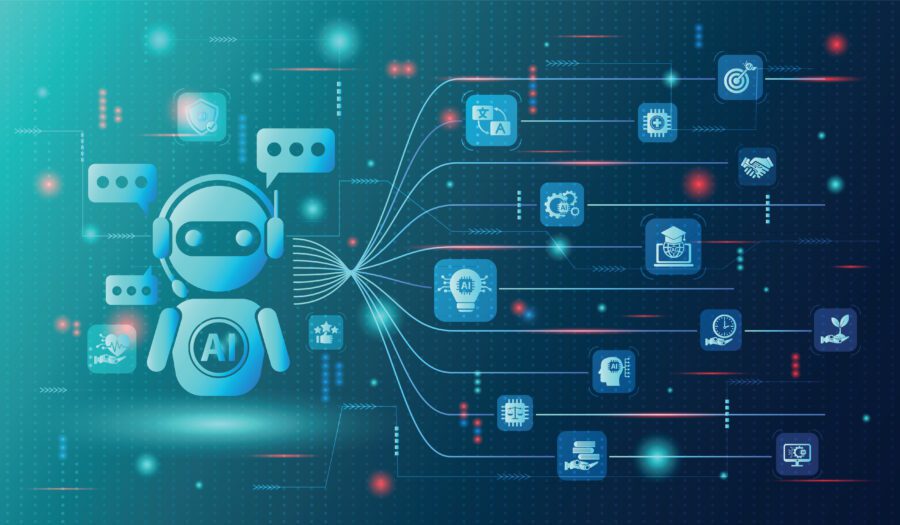
- 20 September, 2023
Why an Event-Native Mindset is Now Essential for Data Architecture
Why an Event-Native Mindset is Now Essential for Data Architecture
Dr. Jans Aasman – Tuesday, September 19, 2023
Enterprise Data World Conference
Gartner has noted that it is not enough for businesses today to be “ready to change;” instead, companies need to be “ready to act” in real-time and understand the context of the action. Simply being prepared to respond to change is not sufficient in today’s fast-paced and constantly evolving business environment. Organizations need to be able to anticipate and proactively respond to changes in order to stay competitive.
But how can a business create a data architecture that supports “ready to act” applications and systems? Gartner suggests embracing an Event–Native Mindset, and with an Event-Driven Architecture, organizations can create an enterprise nervous system that delivers continuous intelligence and keeps the business always ready.
Applying an Event–Native Mindset to Data Modeling
Consider for a moment that everything that happens within a business environment is an event, and every event impacts an entity or is carried out by an entity. An entity in this context is a core business concept like a customer, patient, or product. Everything a patient does – getting diagnosed, visiting a specialist, being discharged, or receiving a prescription – is an event. Anything that happens to a business’s customer, from making purchases, returns, or calling for support, is an event. When products are created, tested, and updated, these activities are also events.
By adopting an Event–Native Mindset in data modeling, organizations can develop more agile and responsive data architectures that are better suited to handle complex and rapidly changing data environments. This approach can help organizations to more quickly identify and respond to changes in data patterns and to more effectively leverage the insights and value that can be derived from event-driven data models.
During this presentation, we will discuss the necessary steps to building your Event-Driven Knowledge Architecture to enable event prediction with machine learning, so your organization can understand the next-best actions and recommendations and prepare for the future. We will cover how Event-based data models also minimize the complexities of processing real-time data, which is why many streaming data platforms and services are predicated on an event-driven architecture.







